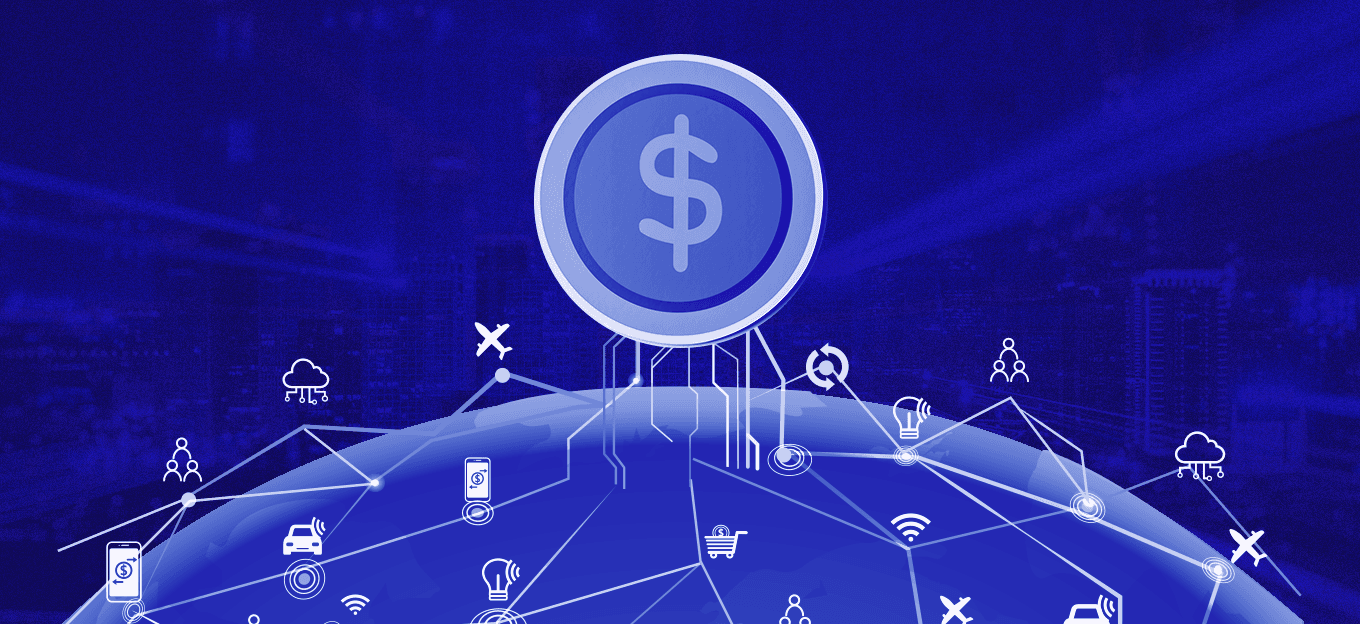Why Are Real-time Decisions Increasingly Vital?
Why Are Real-time Decisions Increasingly Vital?
- Last Updated: December 2, 2024
ZARIOT
- Last Updated: December 2, 2024



The mass connectivity enabled by the Internet of Things (IoT) has ushered in a whole new era of fast, intelligent business decisions. Real-time decision-making in IoT is anywhere from single-digit milliseconds to upwards of half a minute.
This empowers stakeholders to respond and act immediately and accurately, based on rich data generated by their IoT fleet. Such capability underpins the core value of IoT, driving efficiency, innovation, and safety.
In this article, we explore the vital role of real-time decision-making in IoT deployments, as well as how to overcome associated security and data privacy concerns.
Elements of Real-Time Decision-Making in IoT
To enable quick and accurate decisions, several foundational factors must be in place in your IoT suite.
Data Collection
IoT devices continuously collect and generate data (e.g. temperature, movement, location). This may be in the form of environmental sensors or glucose monitoring devices. Essentially, all the raw data from these devices or end-points mark the beginnings of the decision-making process.
Connectivity
Without reliable forms of connectivity, IoT devices have no means of sharing the data collected. Connectivity types range from wired ethernet to wireless options like Wi-Fi, Bluetooth, cellular, satellite, and more. Each option has its own set of pros and cons depending on your specific requirements and use cases.
Data Storage
Typically, IoT devices do not contain sufficient storage for the large amounts of data generated. This requires secure storage solutions (e.g. cloud services) that can refine decision-making processes with quick access to current and historical data.
Data Analysis
Advanced analytics and algorithms can also be applied to the raw data. This makes it easier to identify patterns, anomalies, and trends that can inform all decisions. Additional reports and visualization software can help interpret data in context, allowing stakeholders to understand its significance and relevance.
Advantages of Real-Time Decisions
In a nutshell, by harnessing the valuable insights provided by IoT, organizations can overhaul, streamline, and automate operations. This includes increasing operational efficiency, reducing costs, and uncovering new revenue streams.
Real-time decision-making is of paramount importance for several key reasons.
Instant Responses
In dynamic and time-critical situations, fast decisions enable instant responses and ensure that actions are taken promptly. For example, concrete monitoring devices on key infrastructure can alert someone to act before problems, such as stress fractures, even appear in critical infrastructure like bridges. Vibration sensors under a patient’s mattress can alert healthcare providers if movement patterns deviate from the norm.
Operational Efficiencies
With a constant stream of reliable data, organizations across the value chain are given deeper insights into their operations. These insights allow them to enhance operational efficiencies by streamlining processes, reducing delays, and eliminating downtime. In an industrial setting, this improves OEE, OOE, and TEEP metrics to boost productivity and output.
Enhanced Worker Safety and Security
For applications like industrial control systems on wearables on construction sites, real-time decisions can prevent accidents, protect workers, and prevent threats from escalating. The Occupational Safety & Health Administration in the United States estimates over 5,000 fatalities in 2022 alone.
Improve Customer Experience
Enriched data allows organizations to customize their services and solutions to current preferences and evolving needs. Considering how rapidly technology and its context are evolving, an IoT connectivity solution should not be static or a one-size-fits-all approach. Look for service providers who give full device lifecycle support. This is important considering the average lifespan of an IoT device now averages 10-15 years.
Final Thoughts
In sum, real-time decision-making paves the way for innovation and long-term sustainable growth and creates new opportunities for success.
By analyzing historical and real-time data, organizations can act on emerging trends and create new products and services. This data can also be fed into AI/ML algorithms to predict future trends.
IoT and real-time decision-making capabilities are also not limited to specific industries. Anyone can benefit from these features.
A noteworthy example is the use of IoT data for predictive maintenance in hazardous environments such as mines or oil rigs. Organizations can proactively schedule maintenance when necessary. This reduces truck rolls, minimizes downtime brought on by equipment failure, and improves the safety of maintenance workers.
At the same time, even small mom-and-pop stores can benefit from automatic inventory management to reduce mistakes arising from human error, or better customer satisfaction from keeping up with customer demands. The possibilities are endless.
Such data-backed decisions are the driving force behind organizations staying competitive in swiftly evolving markets while fostering a culture of ongoing improvement.
The Most Comprehensive IoT Newsletter for Enterprises
Showcasing the highest-quality content, resources, news, and insights from the world of the Internet of Things. Subscribe to remain informed and up-to-date.
New Podcast Episode

IoT and AI in 2026
Related Articles





